 Back to the Be Inspired Blog
Back to the Be Inspired Blog
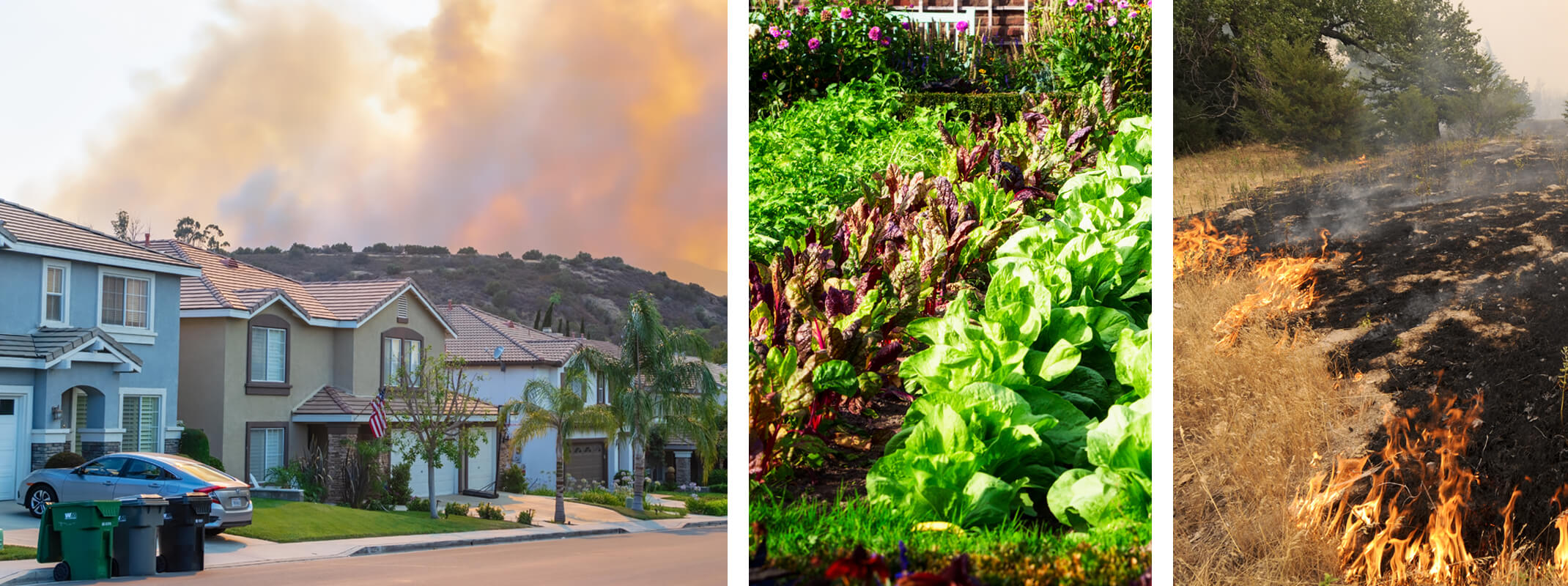
Managing the Effects of Wildfires on Your Garden
If you live in the Bay Area, you’ve likely noticed the smoky skies and layers of ash settling on your plants during wildfire season. While we’re used to dry summers, fires are becoming more frequent, bringing new challenges for gardeners. Understanding how smoke, ash, and poor air quality affect your garden can help you protect your plants, clean up safely, and maintain a thriving landscape.
When Air Quality is Poor, Protect Yourself First
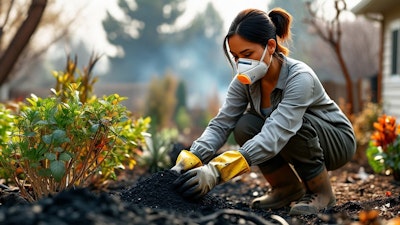
✔ Wear long sleeves, pants, gloves, and a mask with a filter (such as an N95) while working in the yard.
✔ Change your clothes before going indoors to prevent tracking ash into your home.
✔ Keep pets inside as much as possible during smoky conditions.
How Wildfire Smoke Affects Your Garden
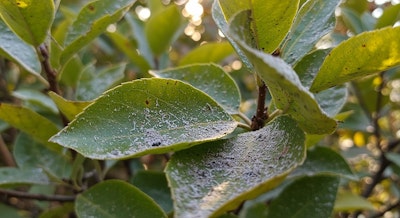
Smoke can travel hundreds of miles, impacting gardens far beyond the fire zone. Interestingly, some plants benefit from diffused sunlight, as the smoke creates a softer, filtered light. However, prolonged exposure can block too much sunlight, slowing plant growth or causing stress.
Tip: If your plants start to wilt due to extended smoke cover, water them deeply and monitor for recovery. Most plants will bounce back once the skies clear.
Cleaning Up Wildfire Ash in Your Yard
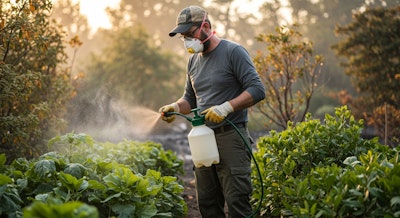
❌ Avoid using a leaf blower or vacuum—this will create airborne ash that you could inhale.
✔ Lightly mist the ash with water before sweeping to prevent it from becoming airborne.
✔ Use a soft broom or low-pressure hose to gently remove ash from plants and pathways.
✔ Direct the ash into low-traffic ornamental areas rather than vegetable gardens.
Is Produce Safe to Eat After Wildfire Smoke and Ash?
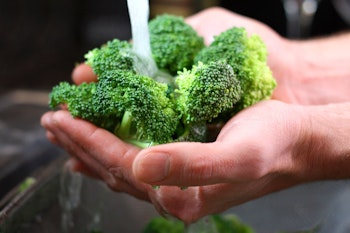
✔ Rinse produce thoroughly outdoors with a hose before bringing it inside.
✔ Wash it 2–3 more times in clean water indoors.
✔ For extra safety, use a 10% white vinegar soak (1 cup vinegar to 9 cups water) to remove any lingering contaminants.
✔ For leafy greens or root vegetables with heavy ash exposure, peel or remove outer layers before eating.
Protecting Your Garden for the Future

✔ Test your soil before replanting to check for contamination from airborne chemicals.
✔ Incorporate fire-resistant plants in your landscape (a practice called firescaping). These plants are less likely to ignite and can help slow the spread of fire.
✔ Use mulch carefully—while organic mulch retains moisture, avoid highly flammable materials like pine needles and bark nuggets near your home.
For expert guidance on firescaping and defensible space, visit Fire Safe Marin, a great resource for Bay Area homeowners.
Final Thoughts
Wildfires are an unfortunate reality in California, but with the right care, your garden can recover and even become more resilient. Whether it’s cleaning up ash, protecting edible plants, or preparing your landscape for future fire seasons, small steps can make a big difference.
If you’re looking for fire-resistant plants, soil amendments, or expert gardening advice, stop by SummerWinds Nursery. We’re here to help you keep your garden thriving—no matter the season.

